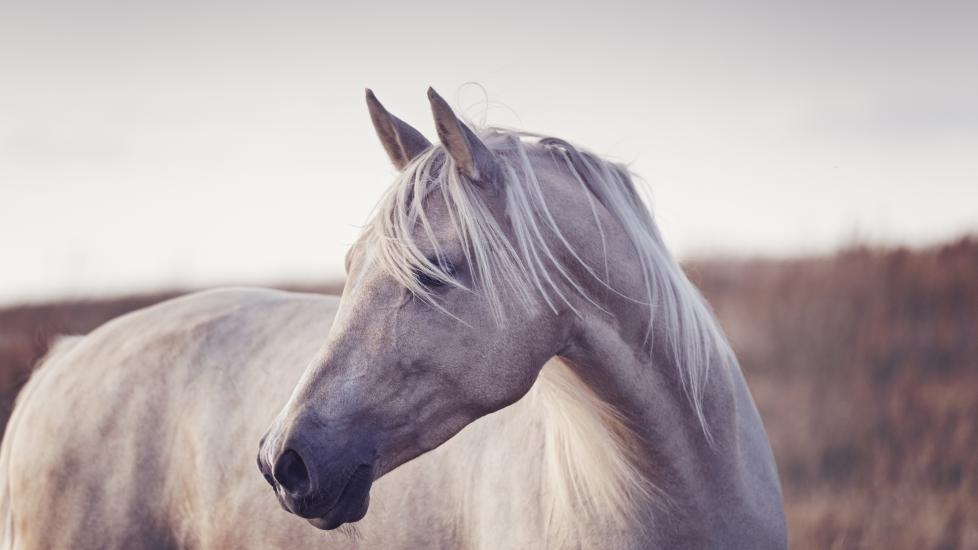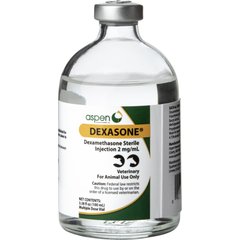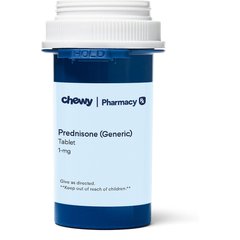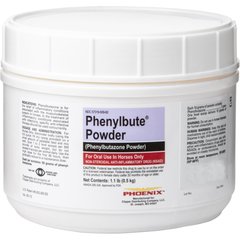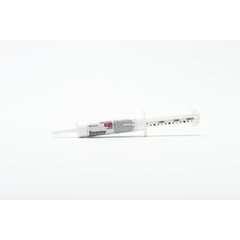Facial Nerve Paralysis in Horses
ClarkandCompany/iStock / Getty Images Plus via Getty Images
What Is Facial Nerve Paralysis in Horses?
Facial nerve paralysis (FNP) in horses occurs when the function of the facial nerve is decreased or completely absent. This can be a unilateral (one-sided) or bilateral (both sides affected) condition.
Facial nerve paralysis is a medical emergency that can become permanent if not addressed in a timely manner. If your horse displays the following symptoms of facial nerve paralysis, contact your veterinarian right away.
Symptoms of Facial Nerve Paralysis in Horses
Unilateral facial nerve paralysis symptoms are more common than bilateral symptoms in horses. Potential signs of facial nerve paralysis in horses include:
-
Droopy lip
-
Slow/absent blink on the affected side due to inability to move eyelid
-
Droopy ear
-
Muzzle deviation—the functioning side of the face “pulls” the muzzle toward it since the muscles on the opposite side are not working to keep the muzzle in normal placement
-
Trouble eating/swallowing
-
Dropping feed
-
Head tilt
-
Muscle atrophy—decreased use over time leads to muscle wasting, which makes the face appear thin or uneven in comparison to the “normal” side
Causes of Facial Nerve Paralysis in Horses
Nerves can be classified as motor, sensory, or both.
-
Motor nerves tell their muscle groups to move on command.
-
Sensory nerves take in information from the outside environment to send to the brain, so it can process touch, temperature, sound, smell, sight, and taste.
The facial nerve is a motor nerve, responsible for the muscles used in facial expression, along with salivary glands and two-thirds of the tongue.
For a muscle to move, there must be a nerve impulse from the brain telling it to do so. Damage to a nerve, swelling, or anything that causes nervous dysfunction can lead to a roadblock for information to travel to the muscle. This leads to decreased or completely absent function, and over an extended period may lead to atrophy (wasting away) of the muscle from lack of use.
There are a wide range of potential causes of FNP in horses, including:
-
Trauma, including kicks, hitting the head on something, rough handling with a halter, wearing a halter that’s too small for long periods of time, or trailer accidents,.
-
Neurological diseases such as equine protozoal myeloencephalitis (EPM) can alter normal function of nerves, cause swelling of the nerves themselves, or cause incorrect firing. All can cause nerve paralysis, muscle atrophy, and improper organ function of involved areas.
-
Internal ear infection: Deep ear infections can cause severe inflammation and infection to deeper internal structures containing nerves; if the facial nerve becomes involved this can lead to facial nerve paralysis.
-
Temporohyoid osteoarthropathy (THO): This is a progressive disease in horses that causes the temperohyoid joint to fuse to the skull, which then causes limited motion of chewing and swallowing. After this fusion is complete, fractures can occur during movements as simple as chewing, secondary trauma, or hard exercise.
-
Post-anesthesia: if a horse’s halter is left on and the head is on its side with no padding, prolonged focal pressure over the facial nerve can cause paralysis.
-
Guttural pouch issues: Like internal ear infections, severe guttural pouch infections can lead to significant local inflammation and infection, which can then progress to nerve involvement.
-
Other underlying health conditions.
Halter Use Under Anesthesia
There is a much higher incidence of facial nerve paralysis under anesthesia if a halter is left on the horse’s head during a procedure. This is because the horse’s large head (average of 20–40 pounds depending on age and breed), is putting heavy and consistent pressure on the facial nerve where there is not much muscle and fat to protect it. If the halter is on, this increases the focal pressure and increases the likelihood of nerve damage.
This typically causes short-term paralysis, but could become permanent if:
-
The surgery was long.
-
There was a prolonged recovery period or if recovery is poor. Some horses try to stand before they’re fully awake and aware of their surroundings. If unassisted or if the horse is difficult to help, they may stand up, stumble, or hit their face into things and cause extra nerve damage.
-
Facial nerve paralysis is not addressed soon after it’s diagnosed.
-
There are any other complicating factors or other underlying diseases.
How Veterinarians Diagnose Facial Nerve Paralysis in Horses
Facial nerve paralysis in horses is typically diagnosed based on physical examination by a veterinarian and taking a thorough history. Your veterinarian may ask if your horse has had any trauma recently, while also looking for these signs:
-
Muscle damage
-
Bruising
-
Fractures
-
Swelling
Depending on if your horse has any other symptoms, such as a wobbly hind end (ataxia), lethargy, or decreased appetite, other testing may be necessary to help aid in diagnosis. Your veterinarian may complete a thorough full-body neurologic exam, and potentially recommend diagnostic imaging such as:
-
X-rays
-
Ultrasound
-
CT scan
-
MRI
-
Endoscopy of the guttural pouches
Further testing may include blood work and a cerebrospinal fluid tap. This can help narrow the potential cause of nerve paralysis.
Treatment of Facial Nerve Paralysis in Horses
Some nerves can heal on their own over time if no severe damage has occurred (such as complete severing of the nerve), but growth and repair occur slowly and may never reach full function if treatment is not pursued in a timely manner.
Treatment of facial nerve paralysis is geared toward finding the underlying problem. If an underlying condition can be resolved, the symptom of facial nerve paralysis may be resolved as well.
Treatment of facial nerve paralysis such as trauma is more successful if therapy begins sooner rather than later. Potential treatment options of facial nerve paralysis include:
-
Electroacupuncture—helps stimulate healthy nerve activity to restore proper function.
-
Steroids (dexamethasone or prednisone)—may be used in early treatment if there is any inflammation involved.
-
Anti-inflammatories (phenylbutazone or Banamine®)—may help relieve inflammation of the nerve or its surrounding area.
-
Heat massage.
-
Dimethyl sulfoxide (DMSO), which is sometimes used for inflammation.
-
Herbal therapy (such as the product Facial P if prescribed by your veterinarian).
-
Laser therapy.
-
Chiropractic adjustment—helps clear any vertebral misalignment that can impede communication of the nervous system throughout the body. By helping realign the spine, this allows for better signal transference and function of the nerves and muscles.
-
Surgery for THO.
-
Supportive care and other medications if underlying conditions are involved.
Recovery and Management of Facial Nerve Paralysis in Horses
Full recovery of facial nerve paralysis in horses can be achieved in many cases if the underlying issue is recognized and addressed promptly.
If your horse is not chewing well, they may require soaked feed or pellets during treatment so they can more easily pick up, chew, and swallow their food. Decreased ability to chew and swallow correctly can lead to secondary concerns such as choke or aspiration pneumonia.
Another common side effect of facial nerve paralysis is corneal ulcers, because the eyelid can’t close properly with decreased function. This increases the opportunity for corneal abrasions and infection to enter this susceptible tissue. Keratitis sicca (dry eye) is also frequently seen due to decreased tear production.
Facial nerve paralysis in horses can worsen if there are severe underlying complications due to a primary medical condition. In these cases, humane euthanasia may be recommended.
Facial Nerve Paralysis in Horses FAQs
Can facial nerve paralysis be cured?
Facial nerve paralysis in horses can be resolved if treatment is started early and there are no other significant complicating conditions causing the paralysis. Humane euthanasia may be recommended in some cases due to poor prognosis of underlying conditions.
What is EPM facial nerve paralysis?
EPM is a disease that affects the nervous system of horses and can cause decreased function of nerves, muscle atrophy, and other issues. While hind end symptoms are more common (muscle loss, weakness), EPM can sometimes cause issues such as a head tilt or facial nerve paralysis.
What is the most common cause of facial paralysis?
Trauma or problems after anesthesia are some of the most common causes of facial nerve paralysis in horses.
Can facial nerve damage repair itself?
Nerves can repair themselves to a certain degree over a period of time. If there are no changes in your horse within 6 months, this is typically the most recovery you will see. Prompt veterinary care is key to helping a horse suffering from facial nerve paralysis.
